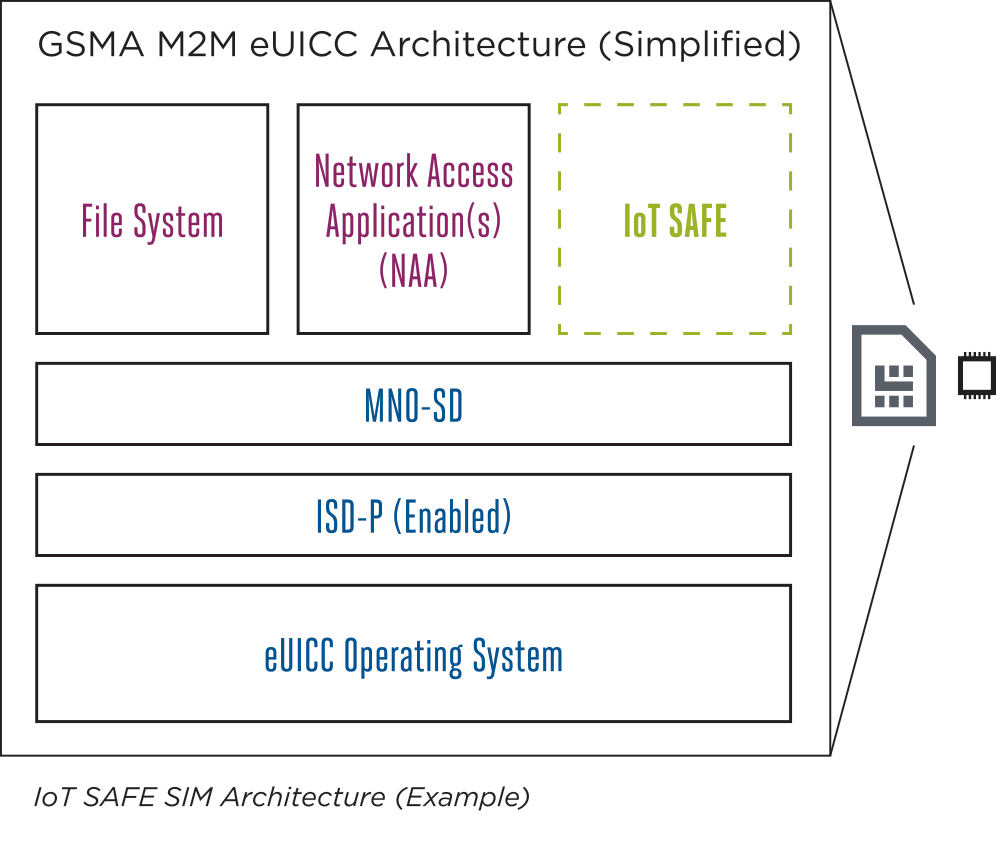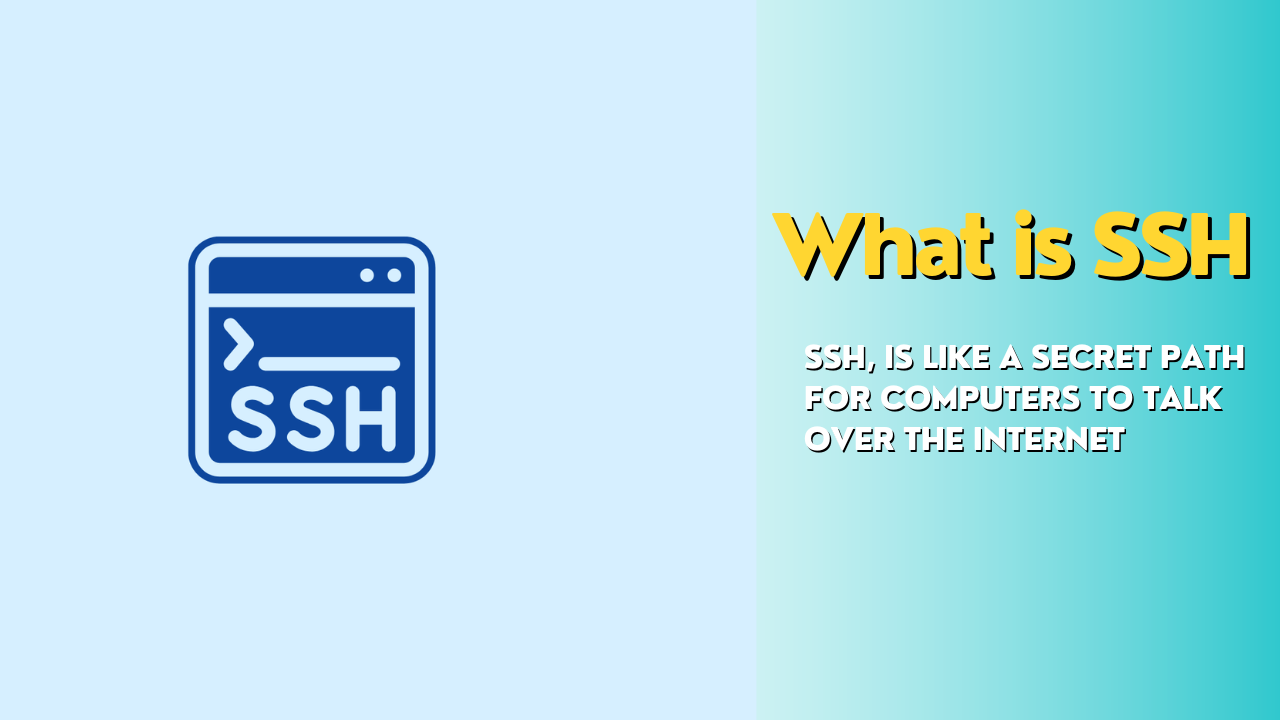Are you ready to fortify your Internet of Things (IoT) devices against the relentless tide of cyber threats? The answer lies in mastering Secure Shell (SSH), a powerful yet often-underutilized tool that transforms your IoT security posture.
In today's hyper-connected world, the proliferation of IoT devices has created a vast attack surface, making them prime targets for malicious actors. From smart home gadgets to industrial control systems, these devices often lack robust security measures, leaving them vulnerable to exploitation. Recent incidents, such as the devastating Mirai botnet attacks, serve as stark reminders of the potential consequences of inadequate IoT security. Millions of devices were compromised, disrupting internet services and causing widespread chaos. Furthermore, the ongoing threat of distributed denial-of-service (DDoS) attacks, facilitated by rented botnets, underscores the need for proactive security strategies.
Fortunately, there's a powerful ally in this battle: Secure Shell (SSH). SSH is a cryptographic network protocol that ensures secure communication over unsecured networks. Think of it as a digital bodyguard for your IoT devices, encrypting data transfer and providing a secure channel for remote access and management.
This guide will delve deep into the realm of IoT security, exploring the crucial role of SSH and providing practical insights into how to implement it effectively. We will examine the fundamentals of SSH, its key features, and how it can be leveraged to protect your IoT ecosystem. We will explore essential security considerations and best practices, equipping you with the knowledge and tools you need to safeguard your IoT devices against unauthorized access and cyber threats.
Understanding SSH
At its core, SSH creates encrypted connections between devices, enabling secure remote access and data transfer. When you initiate an SSH connection, the protocol establishes a secure tunnel, protecting sensitive data from prying eyes. This secure channel is essential for managing your IoT devices, allowing you to perform tasks such as monitoring system performance, managing files, and troubleshooting issues from a remote location.
The Benefits of SSH in IoT
The advantages of using SSH in the context of IoT are numerous and compelling:
- Secure Remote Access: SSH provides a secure way to access and manage your IoT devices from anywhere in the world, as long as you have an internet connection.
- Data Encryption: SSH encrypts all data transmitted between your device and your management interface, protecting sensitive information from unauthorized access.
- Secure File Transfer: SSH supports secure file transfer using protocols like SFTP (Secure File Transfer Protocol), allowing you to transfer files to and from your IoT devices safely.
- Remote Command Execution: SSH allows you to execute commands on your IoT devices remotely, enabling tasks like software updates, system configuration, and troubleshooting.
- Enhanced Security Posture: By leveraging SSH, you can significantly enhance the security of your IoT system, reducing the risk of cyber threats and unauthorized access.
Essential Security Considerations and Best Practices
While SSH is a powerful tool, it's crucial to implement it correctly to ensure maximum security. Here are some essential security considerations and best practices to follow:
- Password Security:
- Strong Passwords: Always use strong, unique passwords for your SSH accounts. Avoid easily guessable passwords, such as common words or personal information.
- Regular Password Changes: Change your SSH passwords regularly to reduce the risk of compromise.
- Password Complexity Requirements: Enforce password complexity requirements, such as a minimum length and the inclusion of uppercase letters, lowercase letters, numbers, and special characters.
- Key-Based Authentication:
- Public/Private Key Pairs: Implement key-based authentication instead of password authentication whenever possible. This method is more secure and eliminates the need to enter passwords.
- Key Generation: Generate strong SSH keys using a secure key generation tool.
- Key Management: Securely store your private keys and protect them from unauthorized access.
- Key Rotation: Rotate your SSH keys regularly to enhance security.
- Firewall Configuration:
- Device-Level Firewalls: Use device-level firewalls to restrict SSH access to only authorized IP addresses or networks.
- Port Forwarding: If you need to access your IoT devices from the public internet, use port forwarding to forward SSH traffic to your devices while protecting the rest of your network.
- User Management:
- Least Privilege: Grant users only the minimum necessary permissions to perform their tasks.
- User Account Auditing: Regularly audit user accounts to identify and remove any unnecessary or compromised accounts.
- Account Lockout: Implement account lockout policies to prevent brute-force attacks.
- Regular Updates and Patching:
- Software Updates: Keep your IoT devices' operating systems and SSH software up-to-date with the latest security patches.
- Vulnerability Scanning: Regularly scan your IoT devices for vulnerabilities to identify and address potential security flaws.
- Monitoring and Logging:
- SSH Logging: Enable SSH logging to monitor user activity and detect any suspicious behavior.
- Log Analysis: Regularly analyze your SSH logs to identify potential security breaches or unusual activity.
- Alerting: Set up alerts to notify you of any unusual SSH activity, such as failed login attempts or unauthorized access.
By adhering to these best practices, you can significantly improve the security of your IoT devices and protect them from cyber threats. Remember, SSH is a powerful tool, but it must be used responsibly and in conjunction with other security measures to create a robust security framework.
Example IoT Breaches: A Call to Action
The prevalence of IoT breaches underscores the critical importance of implementing robust security measures. The Mirai botnet attacks, which compromised millions of devices, serve as a prime example of the devastating consequences of insecure IoT devices. The botnet was rented out for DDoS attacks, causing widespread disruption and highlighting the potential for malicious actors to exploit vulnerabilities in IoT devices for financial gain or other malicious purposes. The threat from such attacks isn't going away; rather, it's evolving and becoming increasingly sophisticated.
Numerous other IoT breaches have exposed vulnerabilities in various devices, from smart home appliances to industrial control systems. These breaches have resulted in data theft, privacy violations, and disruption of critical services. These attacks highlight the need for a proactive and comprehensive security approach that addresses all aspects of the IoT ecosystem, including device security, network security, and data security.
Leveraging SSH for Secure IoT Management
With SSH, organizations can manage their IoT devices from anywhere without compromising security. This is particularly crucial for devices in remote locations or those needing regular updates.
To connect securely to your IoT devices no matter where they are, consider these steps:
- Enable SSH: Ensure SSH is enabled on your IoT devices. Most devices come with SSH pre-installed or can be enabled through their configuration settings.
- Configure SSH Access: Configure SSH access with strong passwords or, preferably, key-based authentication.
- Port Forwarding (If Necessary): If accessing devices from outside your local network, configure port forwarding on your router to forward SSH traffic to your IoT devices. Always use a device-level firewall as an added security measure.
- Use an SSH Client: Use an SSH client, such as PuTTY (Windows), Terminal (macOS/Linux), or a similar tool, to connect to your IoT devices. Provide your SSH login credentials.
- Manage Your Devices: Once connected, you can perform various tasks like monitoring system performance, managing files, and troubleshooting issues.
SSH Key Management in IoT Devices
Understanding SSH key management is crucial for securing IoT devices. Key-based authentication is significantly more secure than password authentication. It relies on a pair of cryptographic keys: a public key and a private key. The public key is placed on the IoT device, while the private key is securely stored on the device or system used to connect to the device. Heres a breakdown of best practices:
- Key Generation: Generate robust SSH keys using a secure key generation tool. Use a strong algorithm such as RSA with at least 2048 bits or Ed25519.
- Key Distribution: Securely distribute the public key to the IoT device. This can be done via the device's configuration interface or through a secure provisioning process.
- Private Key Protection: Protect your private key. This is the key to unlocking your devices. Never share your private key, and store it securely, preferably using a password-protected key file. Consider using a hardware security module (HSM) for storing the private keys for very high-security needs.
- Key Rotation: Rotate your SSH keys periodically. This limits the impact of a key compromise and ensures continuous security.
SSH on AWS for IoT Remote Access
If you're working with IoT devices in the cloud, leveraging SSH on AWS (Amazon Web Services) can be a game-changer. Using SSH in the AWS environment allows you to securely connect to your IoT devices, monitor their performance, and manage them from anywhere. With a secure SSH tunnel, you ensure seamless connectivity and safeguard your data from prying eyes.
Heres how to implement SSH on AWS for IoT:
- Instance Configuration: Set up an EC2 instance in AWS. This instance will act as your SSH gateway.
- Security Groups: Configure security groups to allow inbound SSH traffic (port 22) from your IP address or a trusted network.
- Key Pairs: Generate and use SSH key pairs for secure authentication.
- SSH Tunneling: Use SSH tunneling to forward traffic to your IoT devices. This creates an encrypted connection between your local machine and your IoT devices, ensuring data confidentiality.
Iot Remote Access via SSH: A Deep Dive into Security
One of the most significant benefits of utilizing SSH for IoT device management is the robust security it provides. SSH ensures safe communication through a cryptographic protocol, creating encrypted connections between devices. This is especially important when managing devices across open and unsecured networks, such as the internet. Heres a deeper dive:
- Encryption: SSH encrypts all data exchanged between your device and the management interface, keeping sensitive information protected from unauthorized access.
- Authentication: SSH offers secure authentication methods, including password-based and key-based authentication, ensuring that only authorized users can access the device.
- Integrity: SSH ensures the integrity of data during transmission, preventing tampering or modification.
Remote Access Advantages of SSH
The ability to remotely access IoT devices has become increasingly important in many industries, particularly in situations where devices are deployed in remote locations or require frequent updates and maintenance. This allows you to control and monitor your IoT devices from anywhere in the world, provided you have an internet connection. Here's what makes it so advantageous:
- Enhanced Accessibility: SSH allows remote access to IoT devices from any location.
- Reduced Downtime: You can quickly troubleshoot issues and perform maintenance tasks remotely, reducing downtime.
- Cost Savings: Remote management reduces the need for on-site visits, saving on travel expenses.
- Real-Time Monitoring: Monitor your IoT devices in real time and respond to any issues immediately.
The Future of IoT Security and SSH
As the world becomes more connected, the importance of SSH in securing IoT devices will only continue to grow. The shift towards remote work, the increasing number of connected devices, and the sophistication of cyber threats mean that strong security protocols, like SSH, are essential for protecting sensitive data and ensuring the smooth operation of IoT systems.
To stay ahead of these evolving threats, continuous learning and improvement are essential. Staying current with the latest security updates, participating in security training, and consistently reviewing and updating your security measures are critical steps in fortifying your IoT security posture.
The combination of SSH and best practices forms a formidable defense against unauthorized access and cyber threats. Embracing this approach allows organizations to harness the power of IoT while maintaining the highest levels of security.
Remember, SSH is your digital guardian in the complex world of IoT, keeping your system safe, protecting your data, and providing peace of mind. Let's dive in and learn how to fortify your IoT device against potential security threats!


